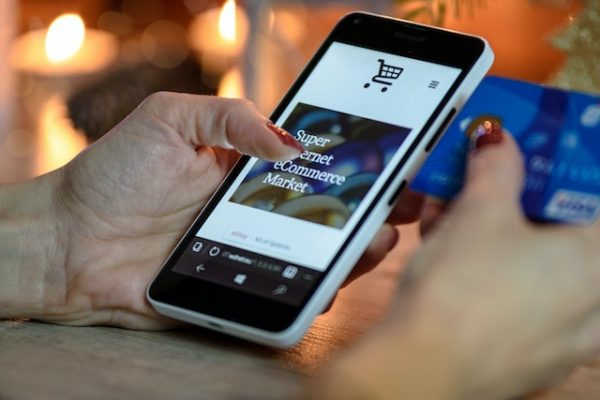Even if you don’t have an e-commerce store, your online presence begins with your website, and this will often be the first point of call for new or returning customers looking to engage with your brand and your business.
In this series, we’ll take you through the critical components of a quality business website, how to get there and what you’ll need to consider to make the most of your dot com.
Whether you’re looking to revamp an existing website, secure that perfect domain for your new business or bring your existing brand online after some time, the first question you want to ask yourself is – what will be your core website function?
Knowing why you need a website is the first hurdle – and it goes beyond “Well, everyone needs a website, don’t they?”. Your website function will heavily impact the form (design) of the website and what features it needs and give you a better understanding of the user experience when they land at your URL.
Let’s look at some main website function categories that most businesses will fall into.

Information
Let’s take the example of a restaurant. Unless there is an online ordering component (within the business website interface, not just a connected UberEats account), as the business owner, you’re likely to require your website to be a place where customers can get pertinent information that will inform their next visit.
A website function informing visitors means you’ll need to have laid out information like your address, opening hours, phone numbers and email addresses and perhaps even a booking function.
You’ll also want to tell your story with an ‘about’ or a blurb that sums up your unique selling points, showcase the menu, and perhaps a gallery or linked social media accounts to show off popular dishes.
In short, you need your website to be a one-stop-shop for all essential info – start lean and build from there. You may only need a splash page/static landing page with the bare minimum to start, but make sure your customers know how to find and contact you.
Sales
While in-person retail experiences are coming back to life post-Covid (with major retailers looking to reimagine how they engage customers), it’s always a smart move to see where an online store component could fit in your business.
Your website function needs to be sales-focused for businesses that sell solely online (with no brick-and-mortar retail premises). This adds a layer of technical complexity with the sales function integration (for example, using Shopify) needing to work seamlessly. Everything from promotional pop-ups, new products, sales, and chat-with-the-team options – your website should drive the customer towards their next purchase across the user experience.
Of course, the visitors will also need all critical information and detailed F.A.Q.s that guide shipping times, refunds, exchanges and beyond. For a winning e-commerce site, get your tech right the first time (in other words, this might not be the occasion to try out your D.I.Y. website coding skills, and invest in experienced e-commerce web designers who will build out the right features).
Connection
Finally, your main website function could be focused on connecting with your customers, opening up a dialogue and communicating efficiently. Consider a service-focused business where you operate on quotes (for example, plumbers or electricians) – your website needs to offer the chance for customers to get in touch or get a quote online easily.
Importantly, they may have questions and need an experienced ear – you could utilise a chatbox function for quick answers. You might also like to drive visitors to subscribe to your newsletter, another means of building out your database or sharing blogs and other content that your customers will find helpful.
For a connection function, ensure your language is welcoming, that your website is easy to navigate and that you follow up promptly. Don’t forget, you’ll also need all key information to be easily accessible, and if you’re a service that comes to the customer, be very clear about what areas and postcodes you service (don’t be tempted to SEO yourself Australia-wide if you only operate within a specific radius!).
Next time, we’ll look at the form side of your website – how does design impact the customer experience, and where does graphic design go from helpful to superfluous?
Written by Craig Wood


